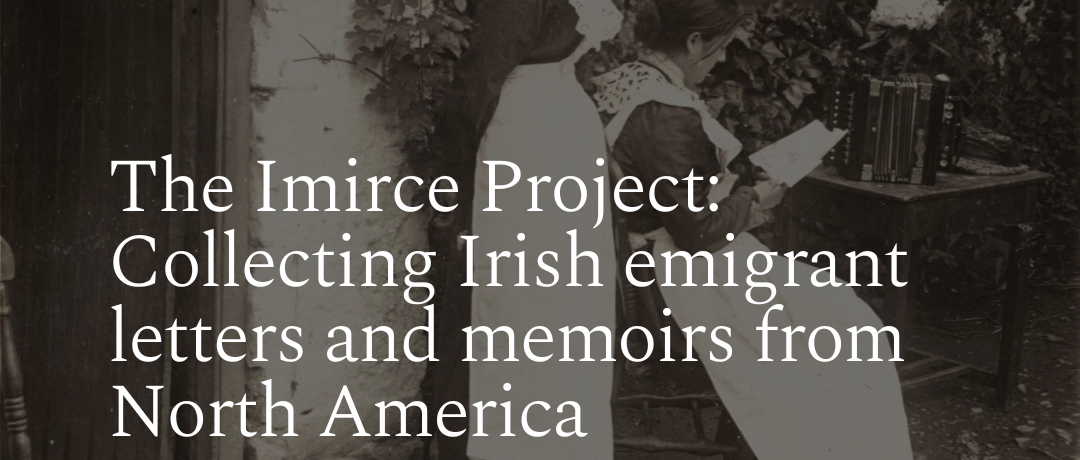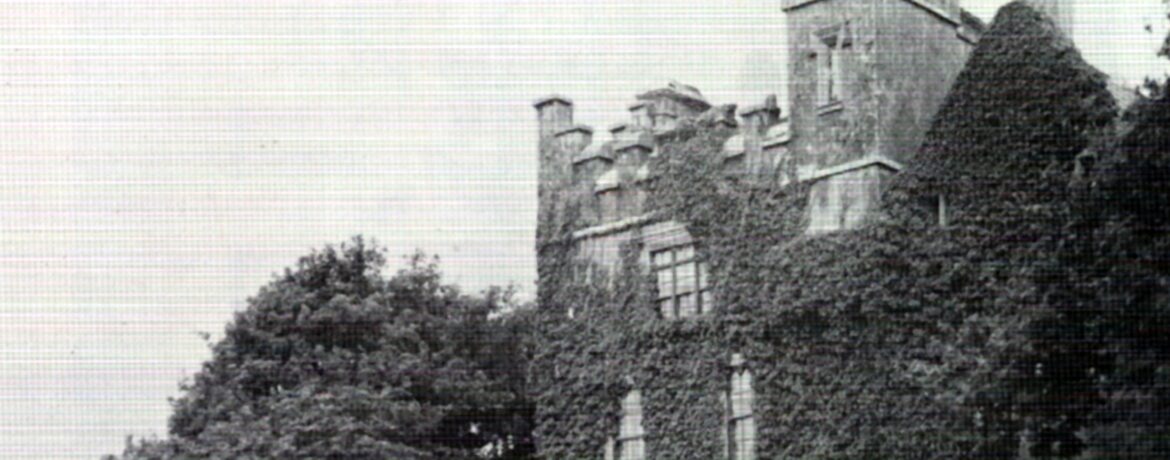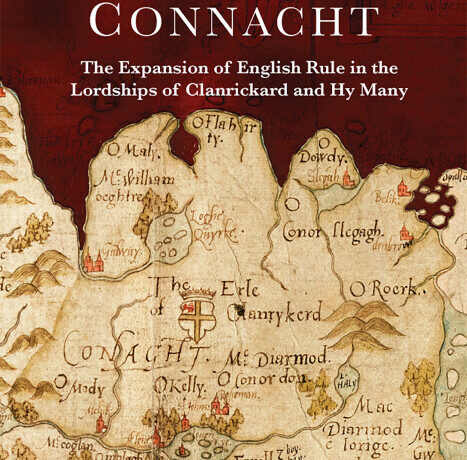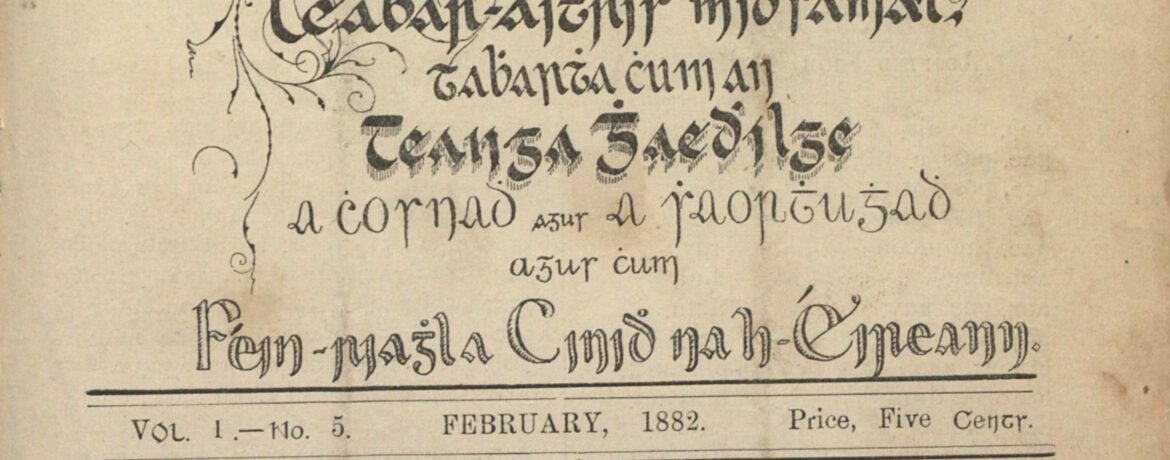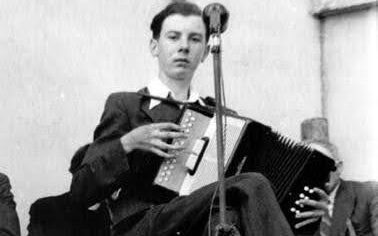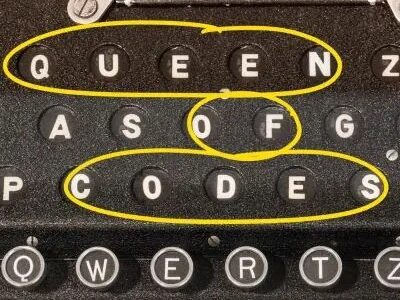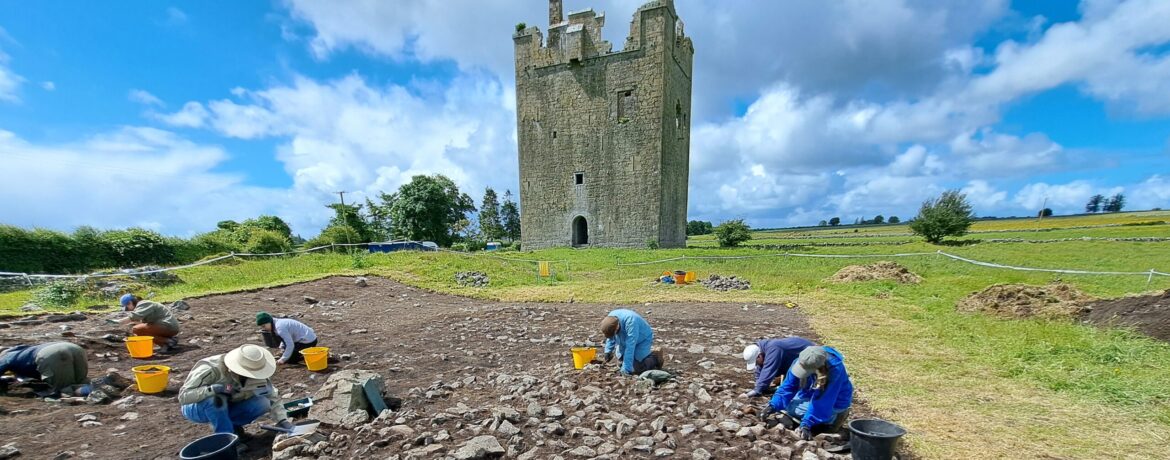
Exploring a late medieval castle in County Galway
Between 2014 and 2024, the Galway Archaeological Field School undertook a research excavation at Isert Kelly Castle in Kilchreest, Co Galway. The tower house at Isert Kelly was built by the MacHubert Burkes in the early 1400s and it replaced their earlier castle at Castleboy as their principal seat. It was extensively refurbished in the early 1600s, but fell into disuse later in that century.
This talk will explore current thinking on Irish tower houses and outline how field-based research can contribute to our understanding of the role of tower houses played as the dominant building at the centre of a larger castle complexes. The excavations at Isert Kelly, undertaken within the bawn or courtyard, led to the discovery of a late medieval hall and several other buildings, a well, a postern gateway, and extensive cobbled surfaces, along with thousands of artefacts and large quantities of environmental material including animal bones and molluscan material. These excavations have the potential to change our understanding of how tower houses functioned as centres of economic and social life in late medieval Ireland.
Dr Rory Sherlock is an archaeologist who specialises in the study of medieval and post-medieval Irish buildings and landscapes. He has worked in… Read the rest
Read more
